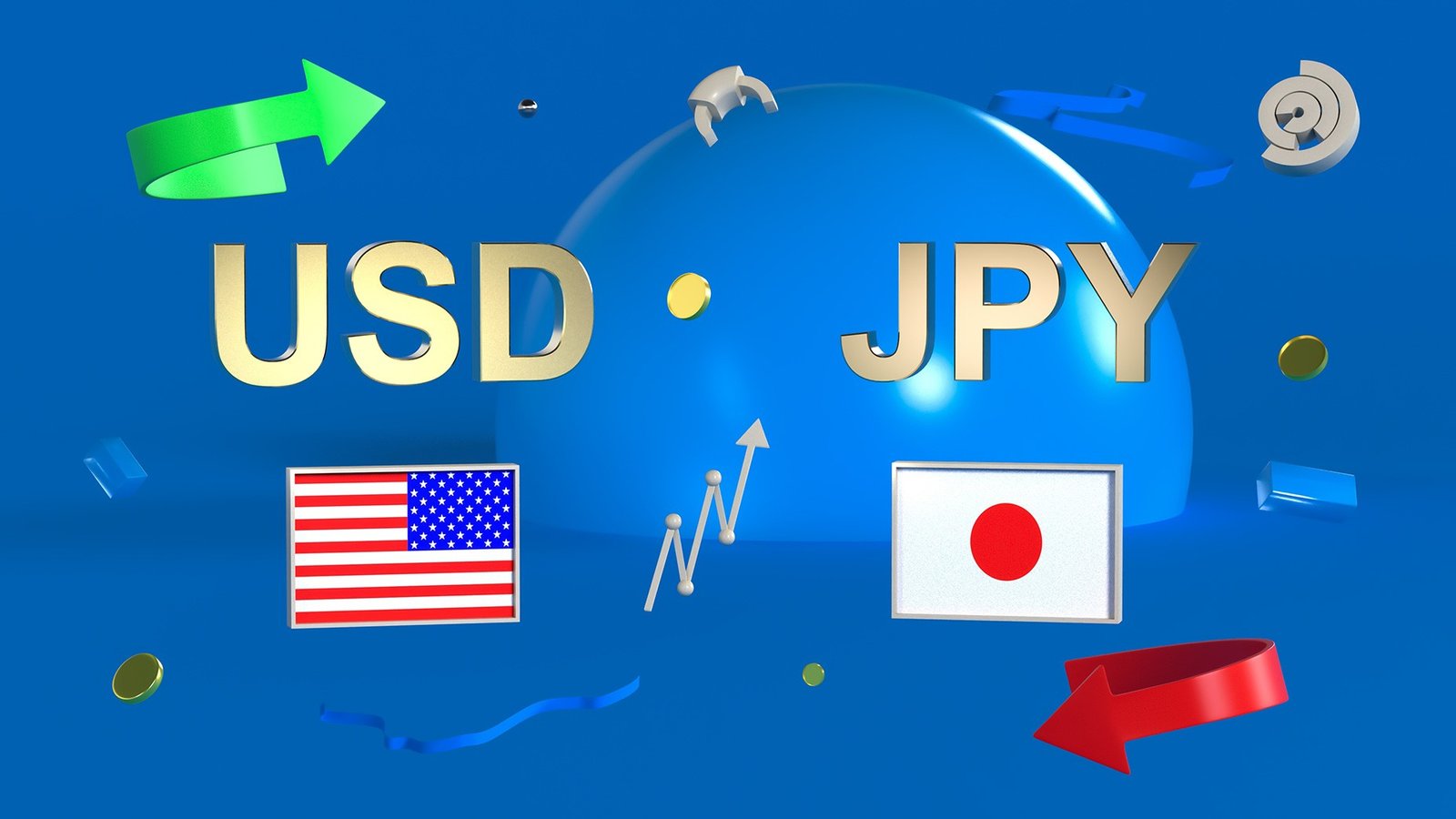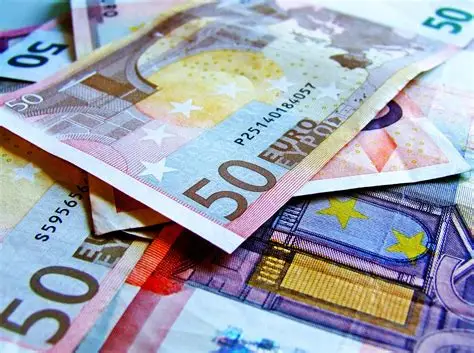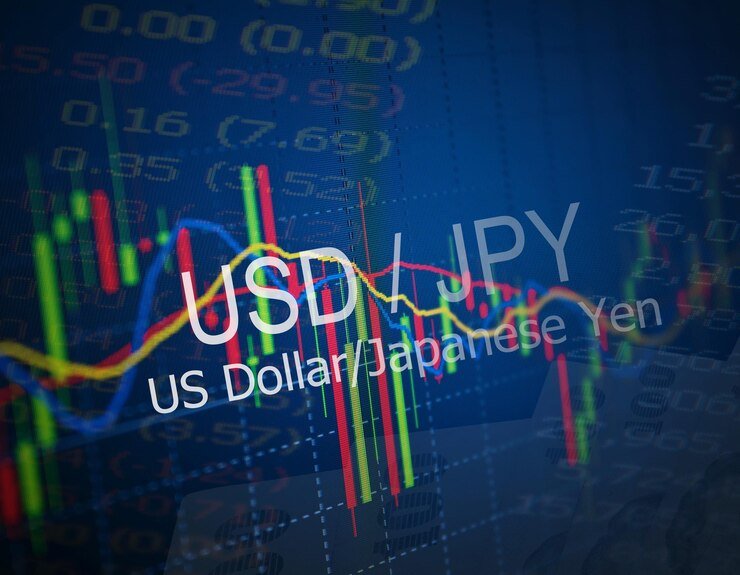Japanese Yen Recover From One-Week Low Against USD, But Gains Capped Despite Mixed Signs
Japanese Yen (JPY) recovered mildly from a one-week low against the US Dollar (USD) at the beginning of the new week following a recent trade agreement between Japan and the US that suggests a possible Bank of Japan (BoJ) interest rate hike later this year. Yet the JPY’s upside seems limited with the softening of inflation in Tokyo, increased domestic political risk, and a general risk-on market mood due to better global trade sentiment. In the meantime, investors tread carefully before crucial central bank decisions from the Fed and BoJ, as well as high-impact US economic releases, all of which could heavily impact the USD/JPY pair’s next major move. KEY LOOKOUTS • Traders wait for this week’s announcements by the Bank of Japan and US Federal Reserve policy for guidance on upcoming interest rate moves, which should significantly impact the USD/JPY cross. • This week’s major US releases such as Q2 GDP, PCE Price Index, and Nonfarm Payrolls might lead to USD/JPY volatility. • Heightening domestic political uncertainty after the recent election loss of the ruling coalition might hold back any tightening action by the BoJ, softening the JPY. • Break above 148.65 might extend to the 149.00 level, while below 147.00 and support thereabouts may provide buying opportunities for the traders. The Japanese Yen began the week with a gentle correction from its recent one-week low versus the US Dollar, underpinned partly by optimism over a trade agreement between Japan and the US, reviving speculation about a possible Bank of Japan rate increase later this year. Nevertheless, the currency’s upside is capped on mixed fundamentals such as weakening inflation in Tokyo, domestic political uncertainty, and better global risk appetite that is shrinking safe-haven demand. Traders are walking on eggshells in anticipation of pivotal central bank decisions from both the Federal Reserve and the BoJ, as well as the all-important US economic data releases, all of which are likely to figure in the next major move for the USD/JPY currency pair. Japanese Yen creeps up from one-week low against the US Dollar but is capped on upside by mixed economic cues and risk-on sentiment in the market. Market participants are cautious ahead of this week’s big central bank announcements and top US data releases. • JPY recovers modestly from one-week low against the USD, buoyed by expectations of a possible BoJ rate increase later in the year. • Mildly subdued USD price movement and Japan’s US trade agreement are among the factors helping the Yen recover intra-day. • Risk-on sentiment fueled by US–EU as well as US–China trade optimism caps safe-haven demand for the Yen. • Softening Tokyo inflation and Japanese political turbulence function as headwinds for JPY strength. • USD/JPY above 148.00, technicals hinting at a potential retest of 148.65–149.00 levels. • Critical support levels are at 147.65, 147.00, and 146.55, with the risk of further losses limited near 145.00. • Traders wait for updates from Fed and BoJ policy and US GDP, PCE, and NFP data to lead future direction. The Japanese Yen started the week on an upbeat note with moderate gains as market mood improved on news of a recent trade pact between Japan and the United States. This transaction revived hopes of the Bank of Japan resuming policy tightening during the latter half of this year, providing some support to the currency. However, more general market conditions are unclear, with investors weighing hope regarding global trade developments against domestic issues within Japan. Specifically, political uncertainty following a severe election setback for the ruling coalition has created skepticism regarding BoJ policy flexibility over the near term. USD/JPY DAILY PRICE CHART SOURCE: TradingView In contrast, the US Dollar approaches the week with a note of caution as the market waits for several high-impact events. Optimism surrounding the resumption of US–China talks and advancement in US–EU trade negotiations has pushed risk appetite higher, while the demand for safe-haven assets such as the Yen has fallen. Investors are in a wait-and-watch mode, waiting for significant policy announcements by the Federal Reserve and Bank of Japan, as well as a series of significant US economic data announcements that are likely to determine the direction in which the market is headed next. TECHNICAL ANALYSIS USD/JPY currency pair indicates a bullish inclination, breaking above the 200-hour Simple Moving Average (SMA) and holding on to gains beyond the 148.00 level. Bullish momentum indicators on both daily and hourly charts favor further upside potential, with the next significant resistance at the 148.65 zone, last week’s high. A clean break above this could provide the way to challenge the psychological 149.00 level. On the negative side, nearest support is around the 147.70–147.65 area, which is supported by the 100-hour SMA and the 23.6% Fibonacci retracement level, with further support around 147.00 and the 146.55 area. FORECAST If bullish pressure persists, the USD/JPY currency pair may experience further gains, particularly if the Federal Reserve remains hawkish in its policy statement or if US economic news surprises to the upside. Any sustained break above the resistance point at 148.65 would potentially lead to a new rally towards the psychological 149.00 level. Improved optimism regarding global trade, combined with stable US Treasury yields, could also continue supporting the pair higher. On the other hand, any dovish communication by the Federal Reserve or a dovish shift by the Bank of Japan would set off a pullback in USD/JPY. A fall below the crucial support area of 147.65–147.70 would expose the pair to additional drops towards 147.00 and even to the 146.55 level. A sudden decline in risk appetite or surprise weakening in future US macro data may also stimulate fresh demand for safe-haven Yen, hammering the pair down.





